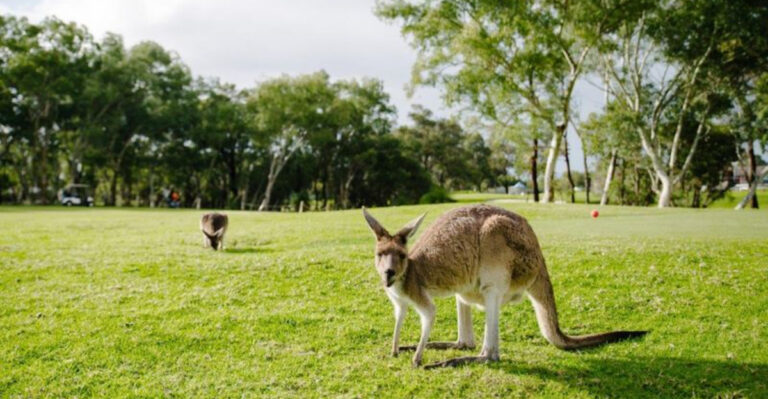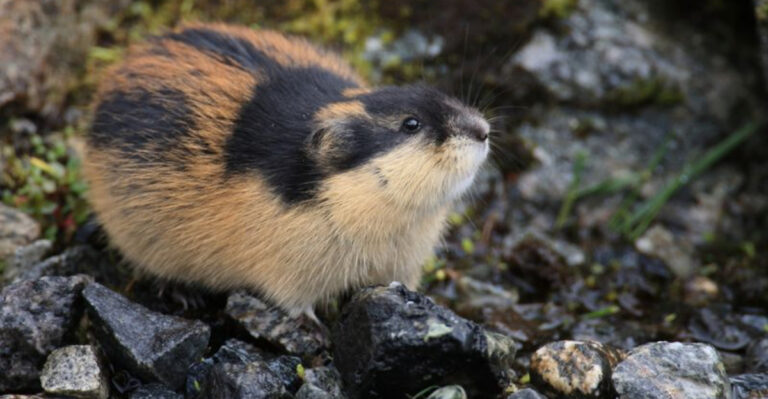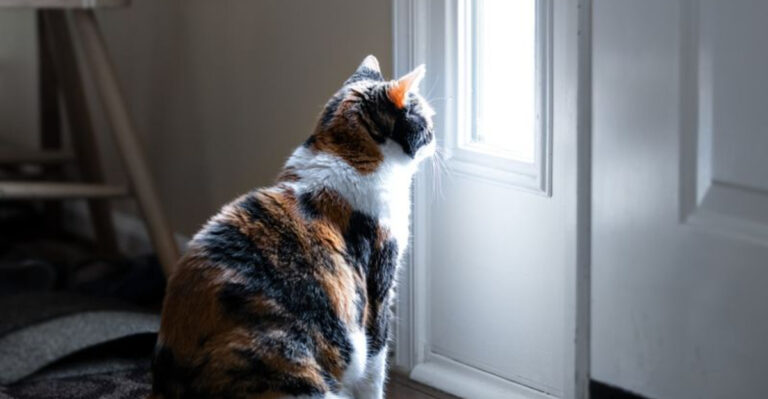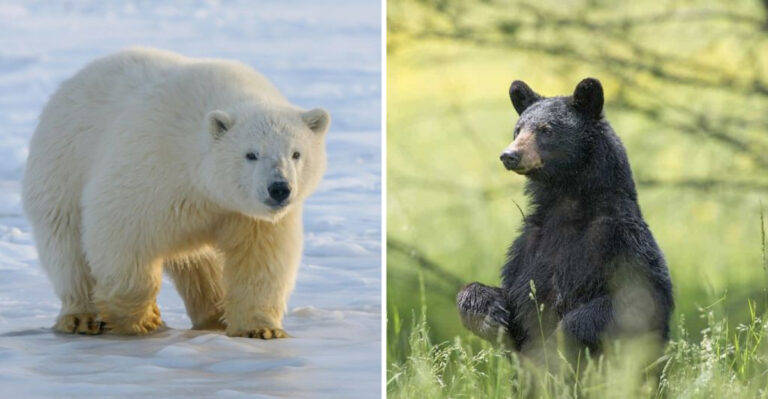How Long Do Monarch Butterflies Really Live? The Answer May Surprise You
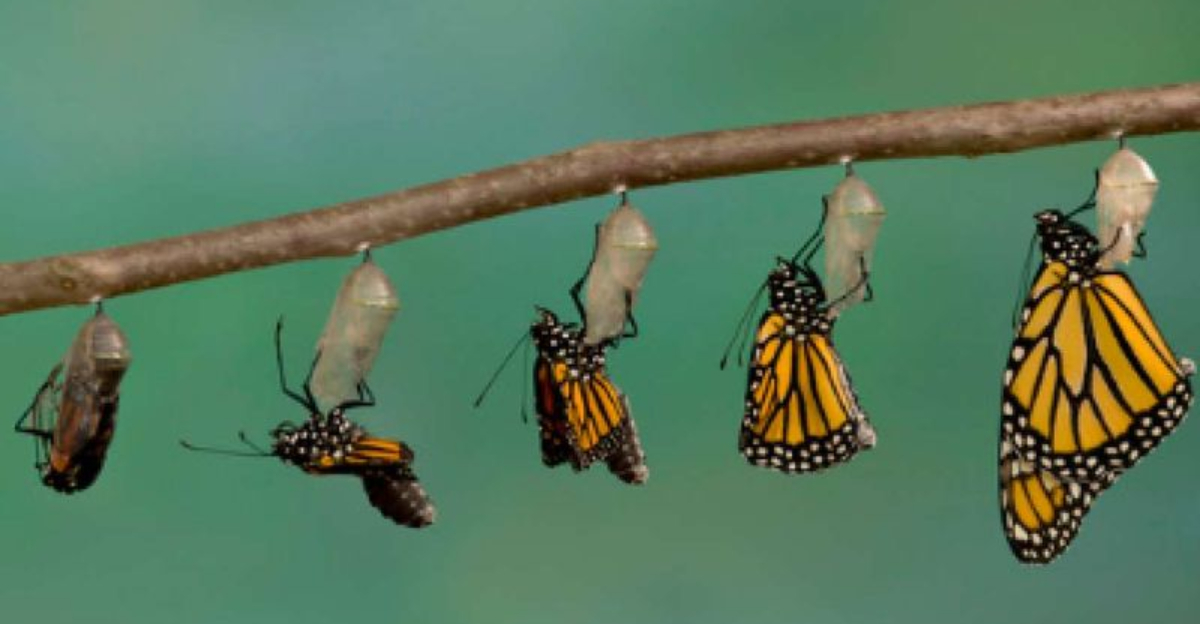
Monarch butterflies, with their striking orange and black wings, capture our imagination as they flutter through gardens and across continents.
These remarkable insects undergo an incredible transformation from egg to caterpillar to chrysalis before emerging as the majestic butterflies we admire.
1. The Super Generation Lives Much Longer
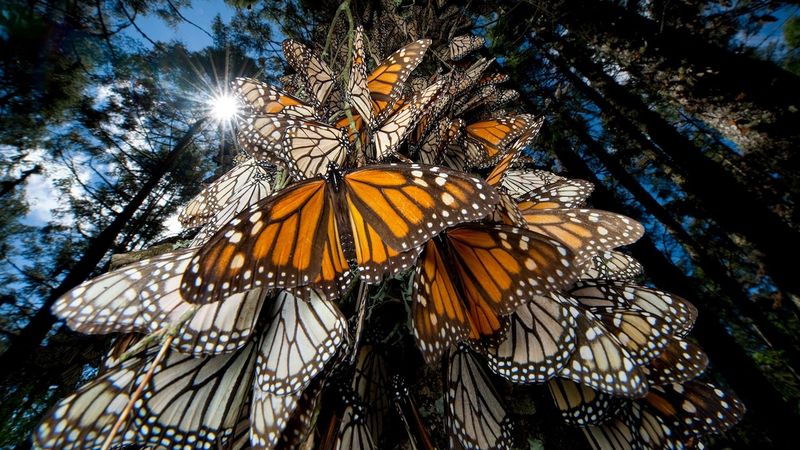
Unlike their short-lived relatives, the final generation born in late summer possesses remarkable endurance. These special monarchs can survive up to 8 months—four times longer than earlier generations!
They’re physiologically different, with reproductive systems temporarily shut down to conserve energy. This extraordinary generation completes the epic 3,000-mile journey to Mexico, clusters in oyamel fir trees through winter, then begins the northward return in spring.
2. Males Typically Live Shorter Lives
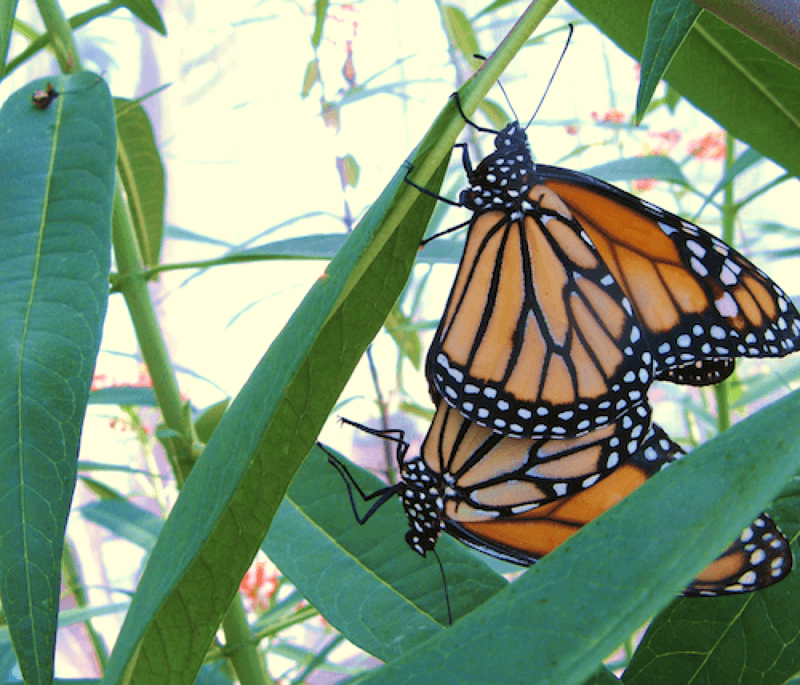
The battle of the sexes plays out dramatically in monarch lifespans. Male monarchs typically exhaust themselves in fierce competition for mates, often dying shortly after successful reproduction.
Female monarchs generally outlive their male counterparts by several days. This evolutionary strategy makes sense—females need additional time to locate suitable milkweed plants and carefully deposit eggs to ensure the next generation thrives.
3. Temperature Influences Lifespan
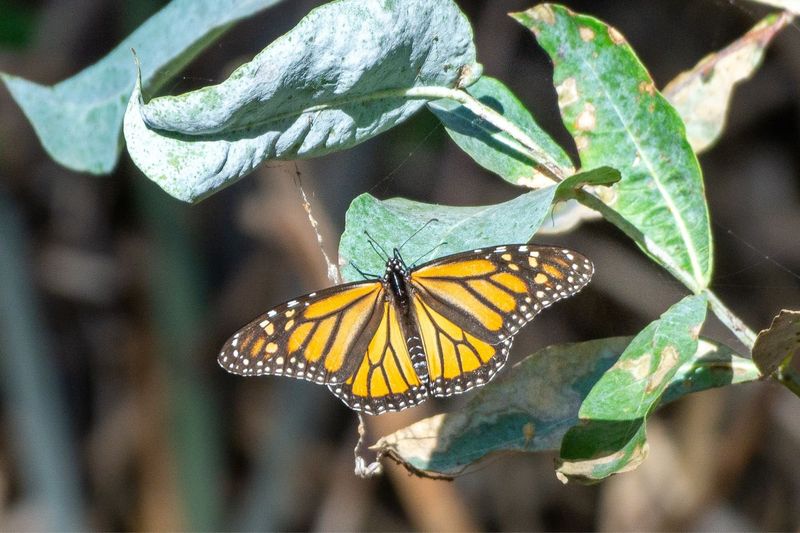
Monarchs are highly sensitive to their environment, particularly temperature. Cooler weather slows their metabolism dramatically, allowing them to conserve energy and extend their lives.
This temperature response explains why overwintering monarchs can survive months longer than summer generations. Non-migratory monarch populations in places like Florida and Southern California also benefit from this adaptation, living slightly longer than their northern counterparts during mild winters.
4. Migration Takes A Toll
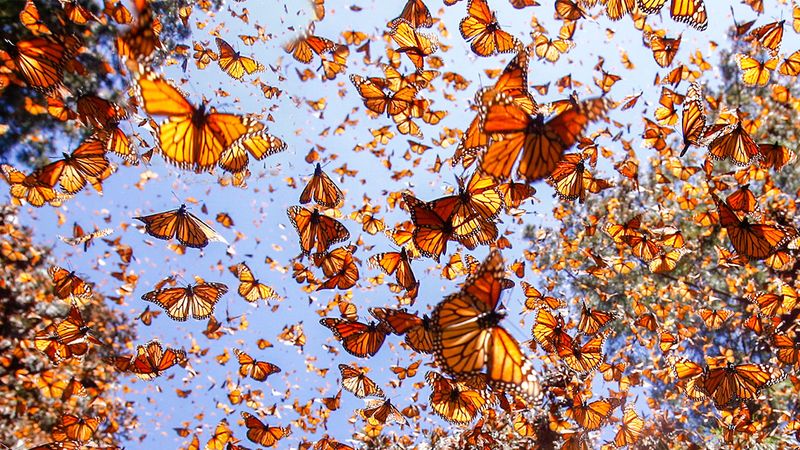
The monarch’s epic journey is not without casualties. Starting with millions, the migration gradually thins their numbers through a gauntlet of challenges.
Exhaustion claims many butterflies unable to maintain the energy reserves needed for continuous flight. Sudden storms, predators, and human obstacles like highways and buildings create additional hazards. Only the strongest complete the full migration cycle, with many perishing along the challenging route.
5. Captive Monarchs May Live Longer
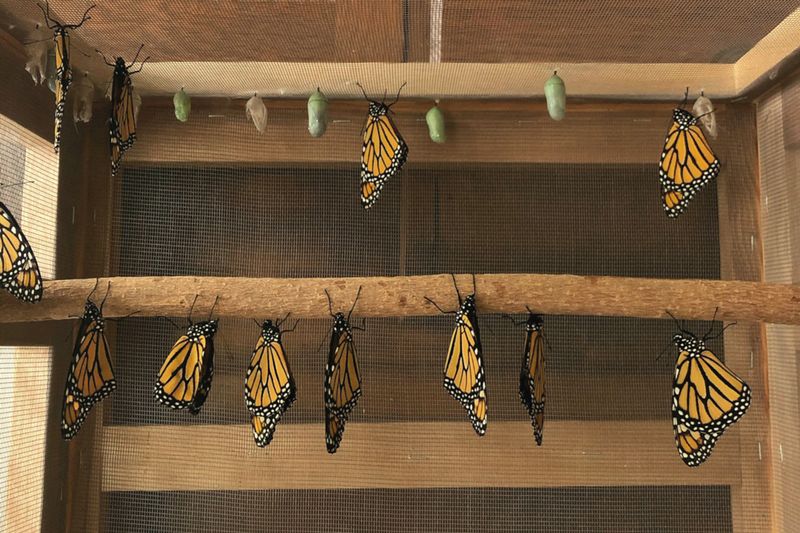
Raised in protected environments, captive monarchs often outlive their wild counterparts. Without predators, harsh weather, or exhausting migration, their energy conservation leads to extended lifespans.
Butterfly enthusiasts report summer-generation monarchs living 6-8 weeks in captivity—nearly double their wild lifespan. However, this artificial longevity comes with tradeoffs, as captive-raised monarchs may lack the navigational abilities and hardiness of their wild relatives.
6. Predation Cuts Lifespans Short
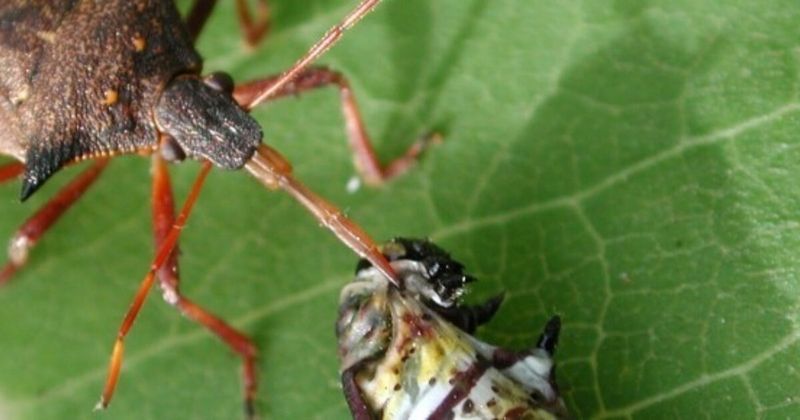
Despite their toxic defenses, monarchs face numerous predators throughout their lifecycle. Birds like orioles and grosbeaks have evolved to tolerate the monarchs’ poisonous compounds and feast regularly on adult butterflies.
The early stages are even more vulnerable. Tiny monarch eggs and caterpillars fall prey to ants, spiders, wasps, and assassin bugs. Remarkably, only about 10% of monarch eggs survive to become adult butterflies in the wild.
7. Disease And Parasites Can Limit Lifespan
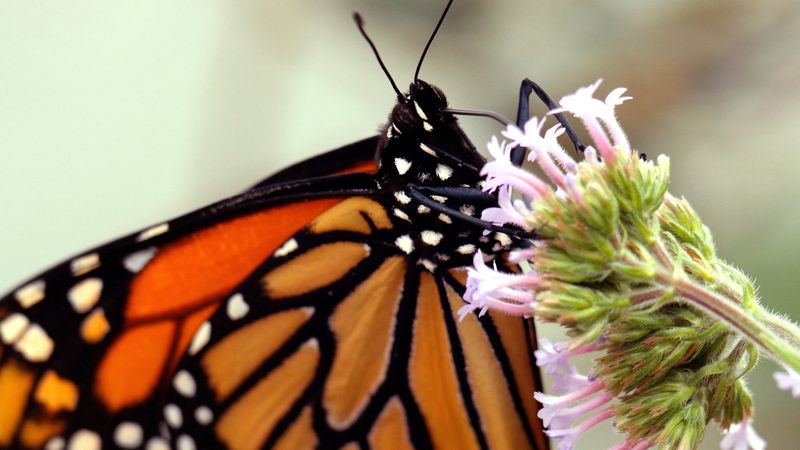
The microscopic world poses serious threats to monarch longevity. OE (Ophryocystis elektroscirrha), a protozoan parasite, infects monarchs when caterpillars consume contaminated milkweed leaves.
Infected butterflies emerge with deformed wings, reduced energy, and significantly shorter lives. Tachinid flies represent another deadly threat, laying eggs inside caterpillars that hatch into larvae that consume the host from within. These parasites can devastate local monarch populations.
8. Monarchs Don’t Die Immediately After Laying Eggs
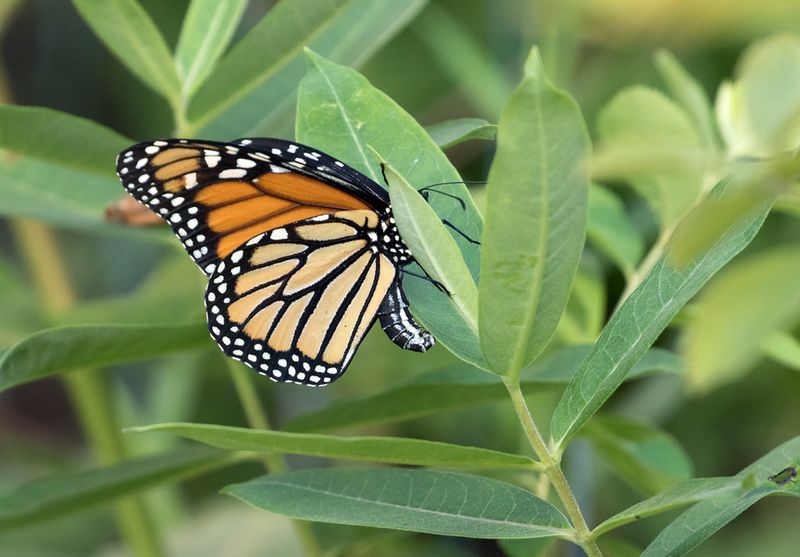
Female monarchs are reproductive marathoners, not sprinters who collapse after egg-laying. A healthy female continues producing eggs throughout her adult life, laying 300-500 eggs over several weeks.
Between egg-laying sessions, females replenish their energy by feeding on flower nectar rich in sugars. They carefully select milkweed plants for each egg, inspecting leaves for predators and existing eggs before depositing their precious cargo.
9. Monarchs Age Visibly
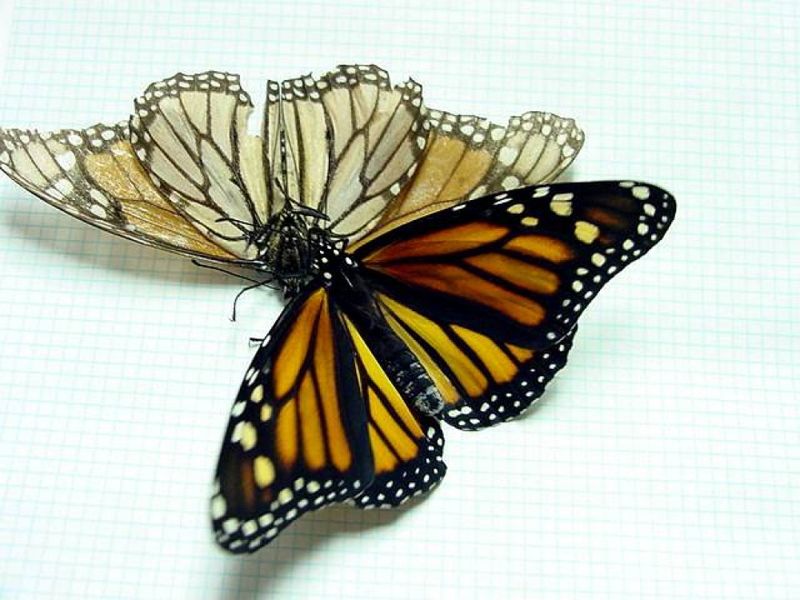
The passage of time leaves unmistakable marks on monarch butterflies. Fresh adults display vibrant orange wings with clearly defined black veins and white spots along their borders.
As they age, their wings become increasingly transparent as scales rub off during flight. Wing edges grow ragged and torn from encounters with predators and rough weather. These battle scars tell the story of their journey through life.
10. Overwintering Monarchs Enter A Resting State
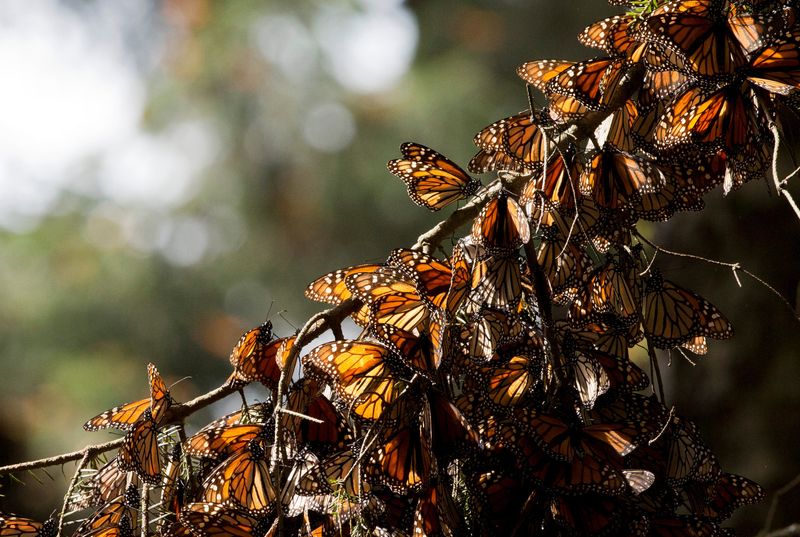
Monarchs in Mexico’s mountain sanctuaries enter a remarkable suspended animation. Their metabolism slows dramatically, and they cluster by the thousands on tree trunks and branches to conserve heat.
This diapause state allows them to survive winter with minimal energy expenditure. On warmer days, they briefly become active to hydrate at nearby water sources. This energy-saving strategy is crucial for surviving until spring warmth triggers their northward journey.
11. Summer Monarchs Live Just Weeks
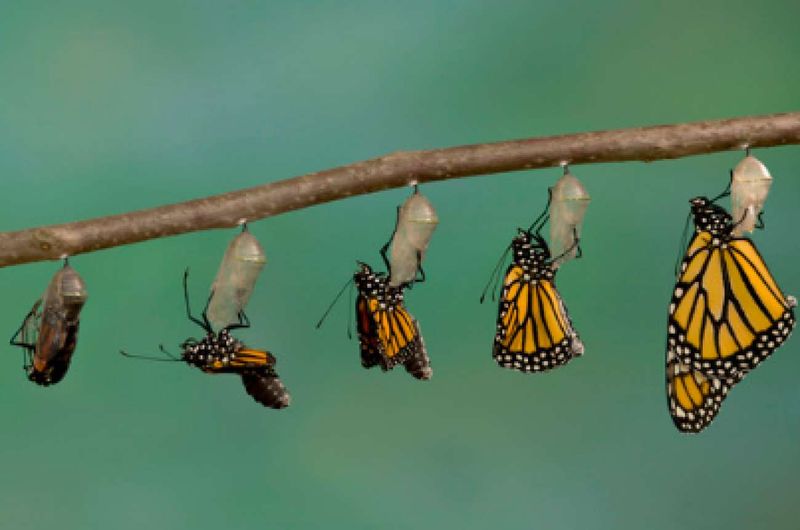
Most monarchs emerging during spring and summer are on nature’s fast track. Their biological clock ticks quickly, giving them only 2-6 weeks of flight time.
These short-lived butterflies focus entirely on reproduction rather than longevity. After mating and egg-laying, their life purpose is complete. Female monarchs might lay hundreds of eggs during this brief window, ensuring the species continues despite their fleeting existence.
12. Lifespan Depends On Generation
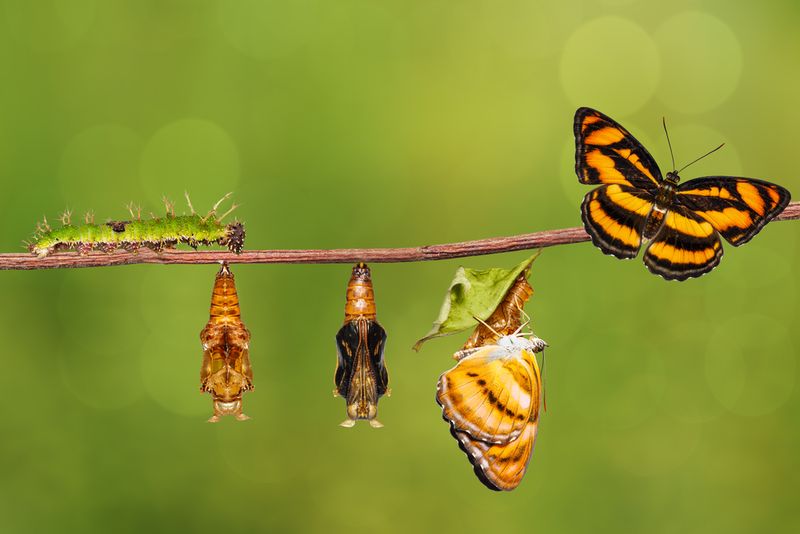
Monarch generations aren’t created equal. First through third generation butterflies live fast and die young, focused exclusively on reproduction and range expansion.
The fourth generation—born in late summer—undergoes a remarkable biological transformation. Their bodies produce more fat reserves and contain specialized proteins that protect against freezing. These adaptations allow them to postpone reproduction and survive the grueling migration to Mexico.
13. Climate Change Could Affect Lifespan
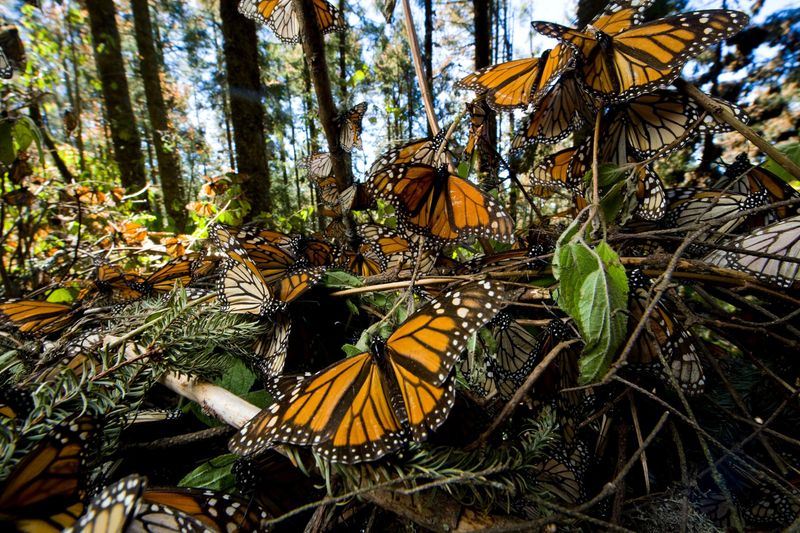
Rising global temperatures threaten the delicate timing of monarch life cycles. Warmer winters may disrupt the diapause state of overwintering butterflies, causing them to become active and deplete energy reserves too early.
Changing weather patterns also affect milkweed growth and flowering schedules. Scientists worry these disruptions could prevent monarchs from reaching their breeding grounds at the right time, potentially shortening lifespans across all generations.


